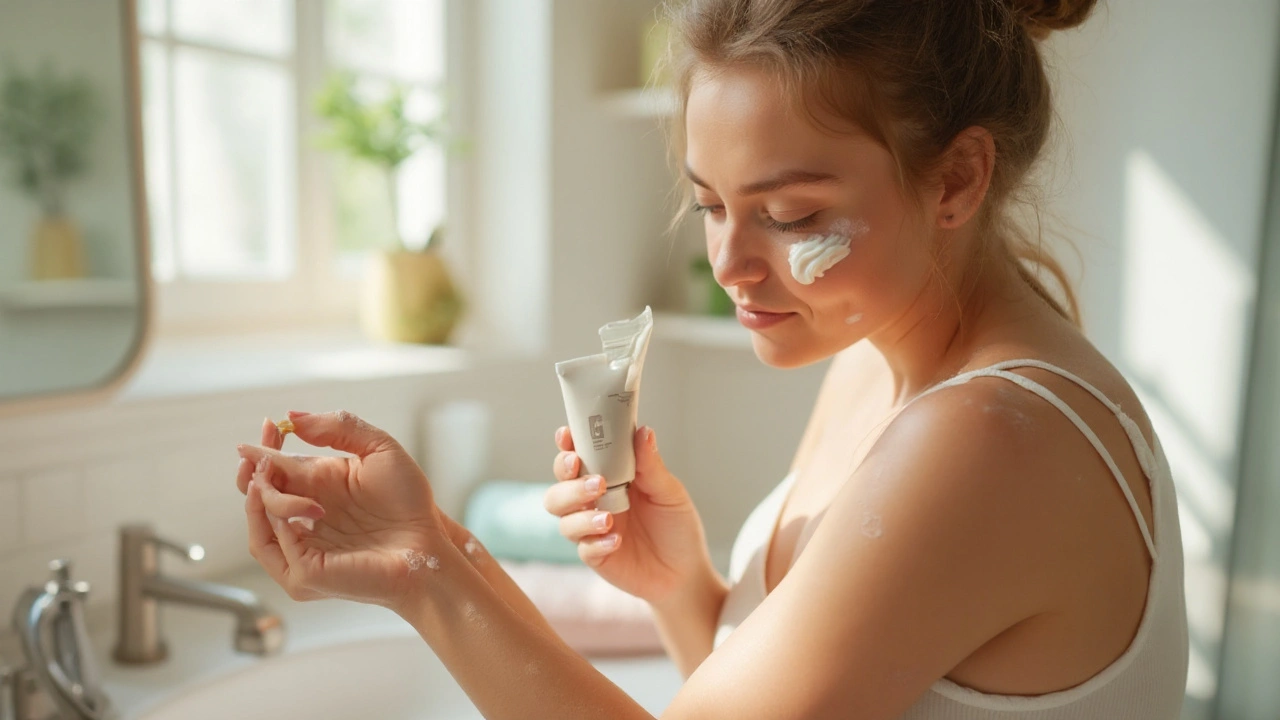Skin Rash Medication: Fast Relief and Smart Choices
If you’re scratching a rash, you just want relief – now. The market is packed with creams, pills, and sprays, but you don’t need a pharmacy degree to pick the right one. In this guide we’ll break down the most common types of skin rash medication, when each works best, and how to avoid the usual pitfalls.
Topical treatments – creams, gels, and ointments
Most rashes start on the surface, so a topical product is usually the first line of defense. Look for these key ingredients:
- Hydrocortisone: a mild steroid that calms redness and itching. It’s great for insect bites, minor dermatitis, and allergic reactions.
- Antihistamine creams (like diphenhydramine): work well if the rash is from a recent allergy. They numb the skin and cut the itch response.
- Antifungal agents (e.g., terbinafine in Lamisil): essential for rashes caused by fungi, such as athlete’s foot or ringworm.
Apply a thin layer to clean, dry skin 2–3 times a day. If the rash doesn’t improve after a week, stop using the product and consider a different approach.
Oral options – when the rash goes deeper
Sometimes the irritation spreads below the surface or is caused by a systemic reaction. In those cases, oral meds can help:
- Antihistamines like azelastine or cetirizine calm the whole‑body allergic response. They’re especially useful for hives or widespread itching.
- Antibiotics (e.g., amoxicillin) are only for bacterial skin infections, not for simple rashes. Always get a prescription before starting.
- Antifungal pills (e.g., terbinafine tablets) are prescribed for stubborn fungal infections that don’t respond to creams.
Take oral meds exactly as directed. Missing doses can prolong the rash or cause resistance, especially with antibiotics.
Quick tip: if you’re unsure whether a rash is fungal, bacterial, or allergic, check for clues. Fungal rashes often have a scaly, ring‑shaped edge; bacterial infections may ooze pus; allergic rashes usually appear suddenly after exposure to a new product or food.
When to see a doctor
Most over‑the‑counter treatments work, but you should get professional help if:
- The rash spreads rapidly or covers more than 10% of your body.
- You develop a fever, swelling, or severe pain.
- The rash lasts longer than two weeks despite treatment.
- You notice blisters, open sores, or the skin looks discolored.
A doctor can run a simple test, prescribe stronger medication, or refer you to a dermatologist for deeper issues.
Bottom line: start with a gentle topical like hydrocortisone for mild itching, switch to an antifungal if you suspect a fungus, and add an oral antihistamine for widespread allergies. Keep an eye on how the rash behaves, and don’t hesitate to seek medical advice if things get worse.
By matching the right medication to the cause of your rash, you’ll cut the itch, speed up healing, and avoid unnecessary side effects. Your skin will thank you.
